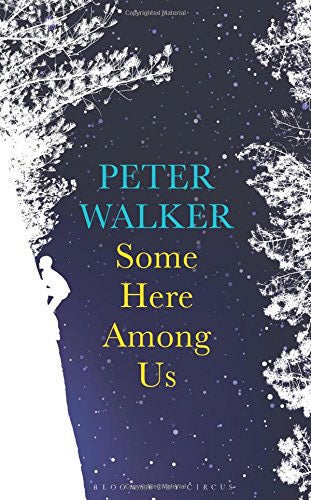Some Here Among Us by Peter Walker, book review: Coming of age – twice
An absorbing, ethereal meditation into how the passage of time opens us up

Late adolescence sees more than its fair share of defining episodes. Many of them are revisited in middle age, which throws in some extra of its own for good measure. Together, they form the main building blocks of the narratives we call our lives. This is the premise for Walker’s novel, which deals with the coming of age of two generations.
The story opens in 1967 in Wellington, New Zealand, as a group of students prepare posters for a demonstration against the Vietnam War. We are introduced to Race, Candy, Fitzgerald and – most notably – Morgan. Morgan is a wayward Maori, a brilliant intellectual but also an incorrigible thief, possessed of an enigmatic aloofness that appears impenetrable. For most of the time, however, his concerns are no different from the rest of his clique. As the world beyond university beckons friendships wax and wane, and they fall in and out of love.
We move abruptly to Washington DC, nearly four decades on. The focus is now upon Race’s son Toby and his relationship with his girlfriend JoJo. This time the set-piece is a storm of meteors searing through the night sky. They are an ominous portent for the bigger picture below, of post-9/11 strife and the imminent invasion of Iraq. Soon the action shifts again as the novel moves back and forth through time and space, with further sections set in Beirut and back in New Zealand.
Walker is an expatriate New Zealander and this is his third book. The impact of history on ordinary lives is a feature of his writing, as well as Maori history and culture. Ironically, it might be partly because of Morgan’s social distance from his 1960s peers that he develops into a reference point for them. More obviously, when he dies young in an accident, his demise turns into a milestone for his friends. He is a presence in the lives of the next generation too, as his death and its aftermath become imbued with visionary overtones.
The elliptical structure of Some Here Among Us sometimes militates against character development, as Walker’s cast hop in and out of frame. The novel’s merits lie elsewhere. At the start, it appears to be driven by the evergreen truth that youthful idealism is so often betrayed in later life. But its deeper strength emerges as it becomes an absorbing and ethereal meditation into the ways in which the passage of time opens us up to the mysterious currents that lie behind all worldly concerns.
Subscribe to Independent Premium to bookmark this article
Want to bookmark your favourite articles and stories to read or reference later? Start your Independent Premium subscription today.

Join our commenting forum
Join thought-provoking conversations, follow other Independent readers and see their replies